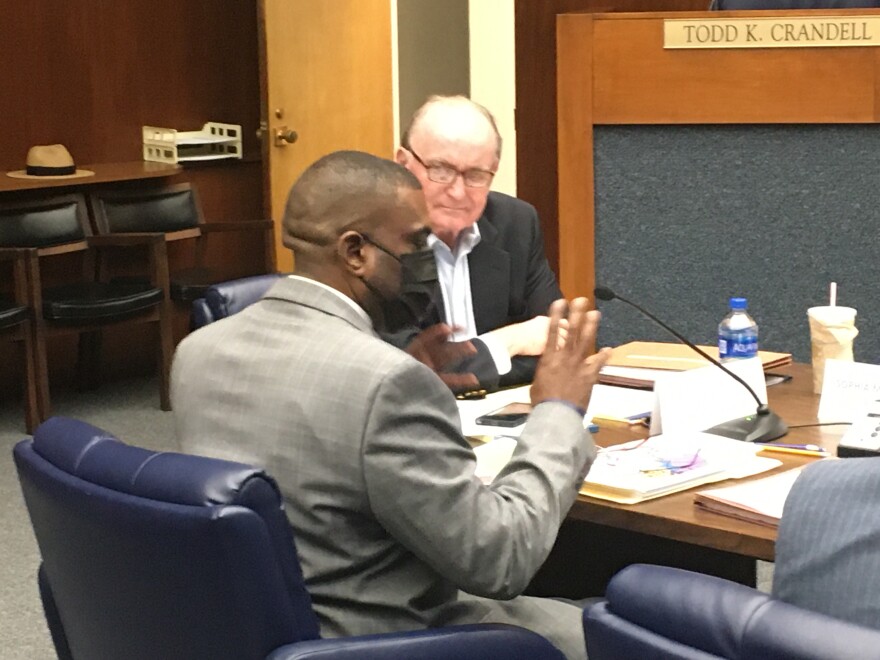Baltimore County’s Redistricting Commission approved Thursday a proposed map that would create one majority-minority council district as well as keep in place another district that is predominantly Black.
Some say that doesn’t go far enough to make sure enough minority candidates get elected to the council.
According to the 2020 U.S. Census, minorities make up about 47 percent of the county’s population and 30% of the population is Black. But six out of seven council members are white.
“If 50% of the population is minority, then you would think that three or four of the councilmanic seats would be reflective of that,” said Ryan Coleman, president of the Randallstown Branch of the NAACP.
Coleman would like two of those council districts to be majority Black.
“I think that it’s very problematic for people that are making decisions that quite frankly might not understand that community.”
Robert Latshaw, the chairman of the redistricting commission, said it’s hard to create two districts with enough Black voters to ensure Black council members. He said unless the district is predominantly Black, a white candidate could still win a primary with multiple candidates.
“If we had two African American districts with about 54% African American, that does not ensure that there will be two African American county council people,” Latshaw said. “So, creating two African American districts, now is not the time.”
Under the proposed map, the fourth council district, which includes Owings Mills and Randallstown, would be more than 70% Black. The fourth currently is represented by Julian Jones, a Democrat, and the only Black member of the county council.
The first district, which includes Catonsville and Arbutus, would become a majority-minority district. It would be about 47% white.
The sixth district, which includes Middle River and portions of Towson, and the second district, which includes Pikesville and Reisterstown, would have white majorities but not by much. Less than 52% of the sixth district’s population would be white. In the second district, it would be about 51%.
The Baltimore County NAACP and the American Civil Liberties Union of Maryland said they are watching to ensure the final map approved by the county council doesn’t violate the Voting Rights Act.
Jones, who is the council chairman, got his first look at the proposed redistricting map at Thursday’s meeting.
“Based on the numbers, it looks very reasonable to me,” Jones said.
The county council must pass a redistricting map by the end of January. It must do so with a five-vote supermajority and it cannot be vetoed by County Executive Johnny Olszewski. The council must hold at least one public hearing.





